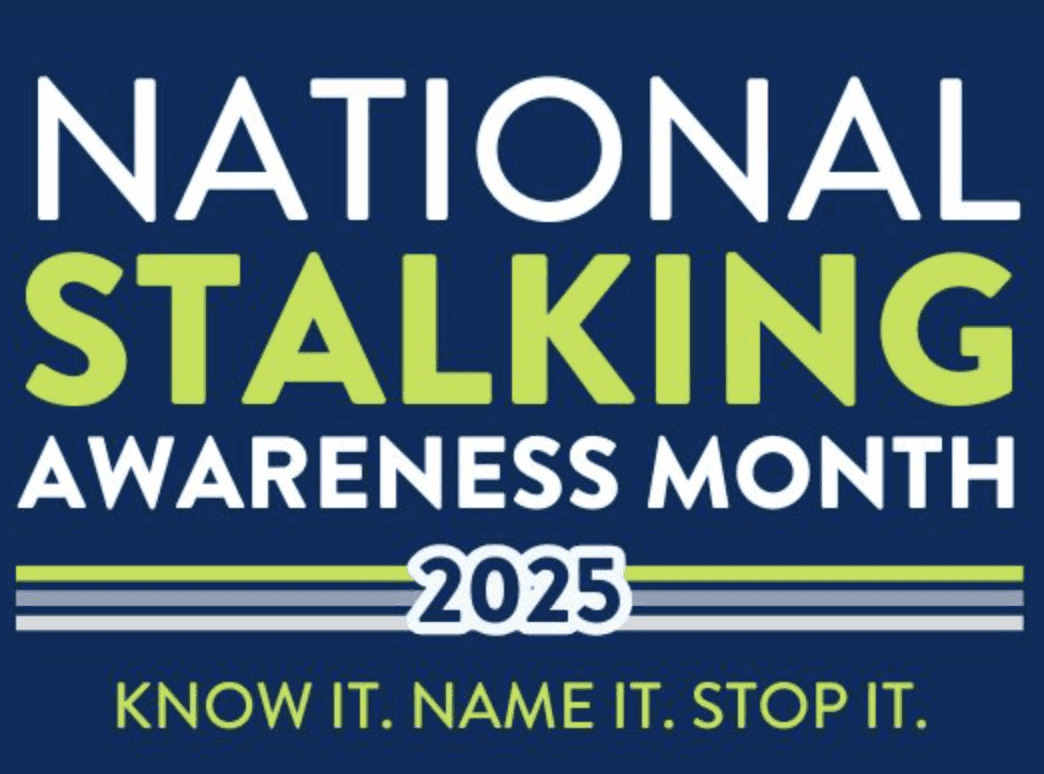Things to know
Prostate cancer means that cancer cells form in the tissues of the prostate. It is the most common cancer in American men after skin cancer.
Prostate cancer tends to grow slowly compared with most other cancers. Cell changes may begin 10, 20, or 30 years before a tumor gets big enough to cause symptoms. Eventually, cancer cells may spread (metastasize) throughout the body. By the time symptoms appear, the cancer may be more advanced.
By age 50, very few men have symptoms of prostate cancer, yet some precancerous or cancerous cells are present. More than half of all American men have some cancer in their prostate glands by the age of 80.
Most of these cancers never pose a problem. They either give no signs or symptoms or never become a serious threat to health.
A much smaller percentage of men are actually treated for prostate cancer. Most men with prostate cancer do not die from this disease.
* About 16 percent of American men are diagnosed with prostate cancer at some point in their lives.
* Eight percent have serious symptoms.
* Three percent die of the disease.
Symptoms
Prostate cancer can sit quietly for years. That means most men with the disease have no obvious symptoms. When symptoms finally appear, they may be a lot like the symptoms of BPH.
Prostate Cancer Symptoms
* Trouble passing urine
* Frequent urge to pass urine, especially at night
* Weak or interrupted urine stream
* Pain or burning when passing urine
* Blood in the urine or semen
* Painful ejaculation
* Nagging pain in the back, hips, or pelvis
Prostate cancer can spread to the lymph nodes of the pelvis. Or it may spread throughout the body. It tends to spread to the bones. So bone pain, especially in the back, can be another symptom.
Risk factors
There are some risk factors linked to prostate cancer. A risk factor is something that can raise your chances of having a problem or disease. Having one or more risk factors doesn’t mean that you will get prostate cancer. It just means that your risk of disease is greater.
* Age. Being 50 or older increases risk of prostate cancer.
* Race. African-American men are at highest risk of prostate cancer–it tends to start at younger ages and grows faster than in men of other races. After African-American men, it is most common among white men, followed by Hispanic and Native American men. Asian-American men have the lowest rates of prostate cancer. Aside from race, all men can have other prostate cancer risk factors (aging, family history, and diet). See the For More Information section to request the booklet about African-American men and prostate cancer screening.
* Family history. Prostate cancer risk is 2 to 3 times higher for men whose fathers or brothers have had the disease. For example, risk is about 10 times higher for a man who has 3 immediate family members with prostate cancer. The younger a man is when he has prostate cancer, the greater the risk for his male family members. Prostate cancer risk also appears to be slightly higher for men whose mothers or sisters have had breast cancer.
* Diet. The risk of prostate cancer seems to be higher for men eating high-fat diets with few fruits and vegetables.
Can prostate cancer be prevented?
National research studies are looking at how prostate cancer can be prevented. There is some proof that the drug finasteride lowers your risk of getting prostate cancer, but whether it decreases the risk of dying of prostate cancer is still unclear.
Prostate Cancer Screening
Screening means testing for cancer before you have any symptoms. A screening test can often help find cancer at an early stage. When found early, cancer is less likely to have spread and may be easier to treat. By the time symptoms appear, the cancer may have started to spread. Remember, even if your doctor suggests prostate cancer screening, this doesn’t necessarily mean that you have cancer.
Screening tests are most useful when they have been proven to find cancer early and lower a person’s chance of dying from cancer. For prostate cancer, doctors don’t yet know these answers and more research is being done.
* Large research studies, with thousands of men, are going on now to study prostate cancer screening. The National Cancer Institute is studying the combination of PSA testing and DRE as a way to get more accurate results.
* Some cancers never cause symptoms or become lifethreatening. If they are found by a screening test, the cancer may then be treated. For prostate cancer in its early stages, it isn’t known whether treatment would help you live longer than if no treatment were given when a screening test detects prostate cancer.
Talk with your doctor about your risk of prostate cancer and your need for screening tests.
Glossary Terms
lymph node (limf node)
A rounded mass of lymphatic tissue that is surrounded by a capsule of connective tissue. Lymph nodes filter lymph (lymphatic fluid), and they store lymphocytes (white blood cells). They are located along lymphatic vessels. Also called a lymph gland.
metastasize (meh-TAS-ta-size)
To spread from one part of the body to another. When cancer cells metastasize and form secondary tumors, the cells in the metastatic tumor are like those in the original (primary) tumor.
precancerous (pre-KAN-ser-us)
A term used to describe a condition that may (or is likely to) become cancer. Also called premalignant.
This article was reprinted from www.cancer.gov.



